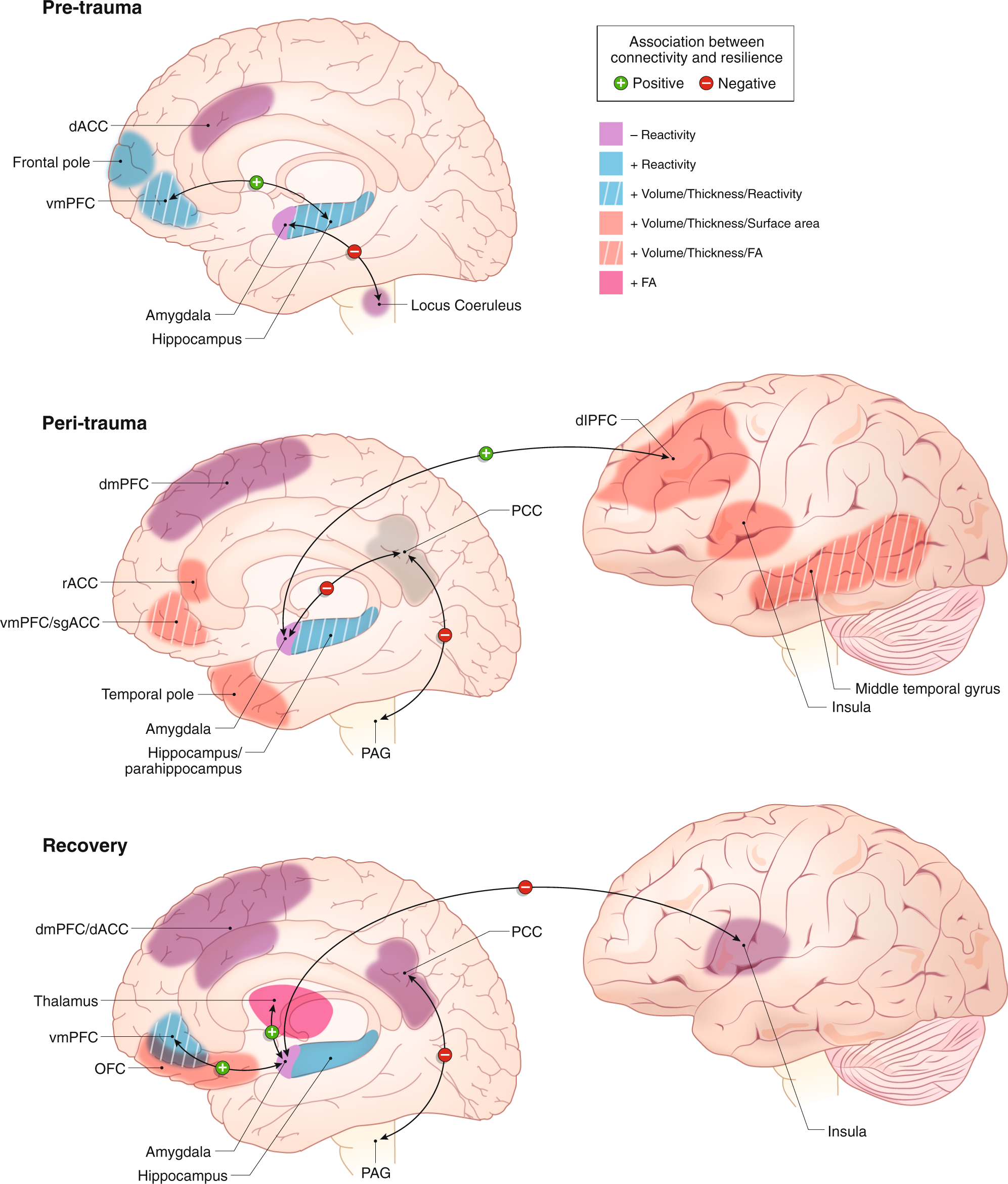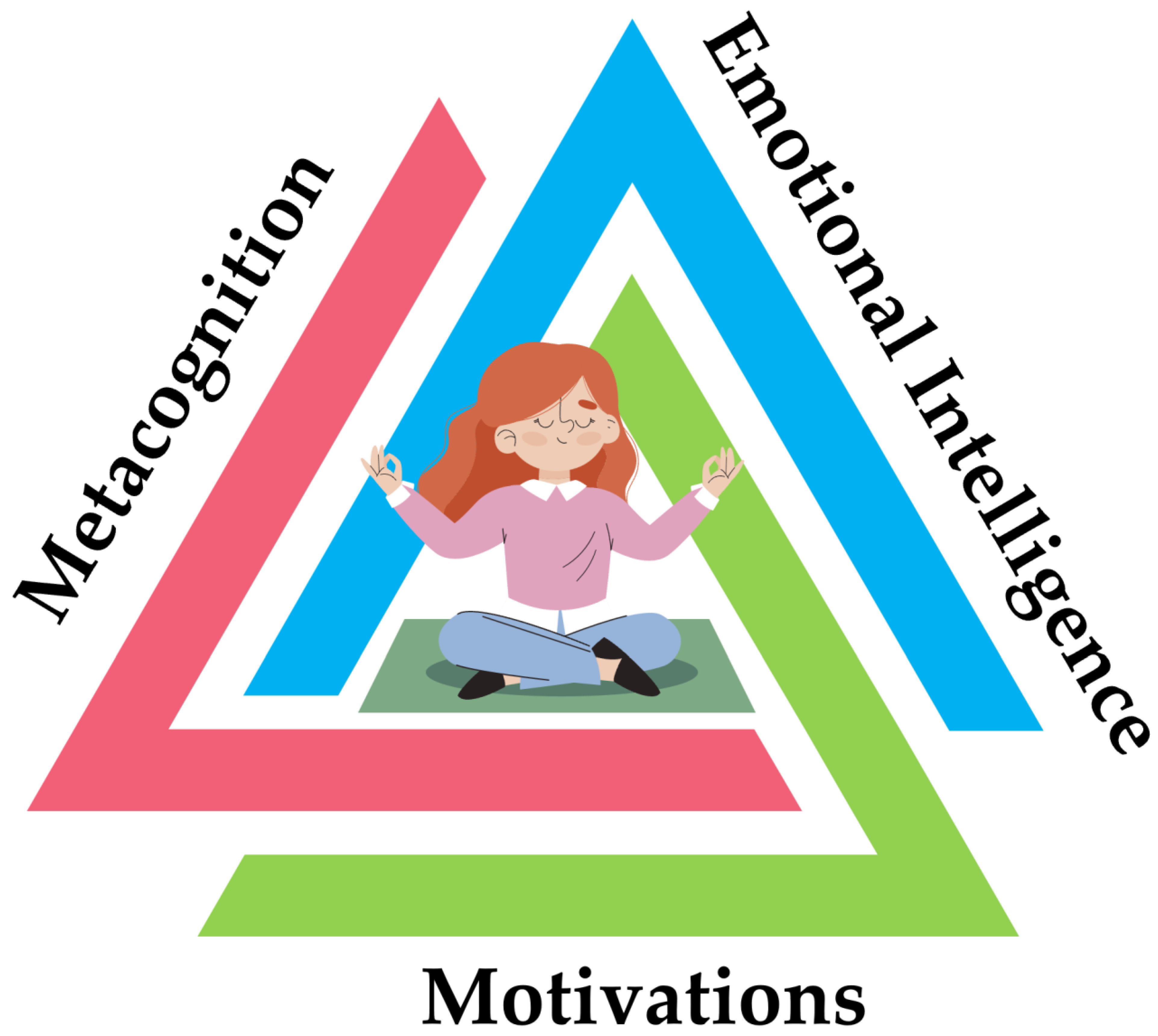Build Resilient Mindset in 2025 - 7 Proven Strategies
Introduction: Why Resilience Matters More Than Ever in 2025
Have you ever noticed how some people seem to weather life's storms with grace and strength, while others struggle to stay afloat? In 2025, this ability to bounce back—what psychologists call resilience—has become one of the most valuable skills anyone can develop. We're living through what experts are calling the "Age of Uncertainty," where rapid technological change, global economic shifts, and environmental challenges have become our daily reality. The ability to adapt, recover, and even grow from adversity isn't just nice to have—it's essential for thriving in our complex world.
Why is this particularly relevant right now? According to the World Health Organization, mental health challenges have increased by 40% since 2020, with stress-related conditions costing the global economy an estimated $1 trillion annually in lost productivity. A recent Forbes report revealed that 78% of professionals cite "uncertainty management" as their top workplace challenge in 2025. But here's the good news: resilience isn't an innate trait—it's a skill that can be developed, strengthened, and mastered.
In this comprehensive guide, we'll explore seven powerful strategies to build a resilient mindset specifically designed for the challenges of 2025. These aren't theoretical concepts—they're practical, science-backed techniques that you can start implementing today to transform how you respond to life's inevitable challenges.
Understanding Resilience: More Than Just Bouncing Back
Before we dive into the strategies, let's clarify what resilience really means. Resilience isn't about avoiding stress or difficult emotions—it's about developing the capacity to work with challenges rather than being overwhelmed by them. Think of it as emotional and mental fitness: just as we exercise our bodies to handle physical stress, we can train our minds to handle life's psychological stresses.
The Science Behind Resilience
Neuroscience research in 2025 has revealed fascinating insights about how resilience works in our brains:
- Neuroplasticity: Our brains can rewire themselves throughout our lives based on our experiences and thoughts
- Stress Response: Resilient people show different patterns of cortisol and adrenaline release
- Default Mode Network: Mindfulness practices can literally change how our brain's resting state functions
- Social Connection: Oxytocin and other "connection chemicals" play crucial roles in resilience
According to National Institutes of Health research, resilient individuals show greater activation in prefrontal cortex regions associated with emotional regulation and problem-solving.

Alt text suggestion: Brain scan imagery showing neural activity patterns associated with resilient thinking
Strategy 1: Cultivate Adaptive Thinking Patterns
Your thoughts create your reality—and learning to shape them consciously is your first step toward resilience. Adaptive thinking involves recognizing unhelpful thought patterns and consciously choosing more constructive alternatives.
Cognitive Reframing Techniques
Try these practical techniques to reshape your thinking:
- Thought Records: Track negative thoughts and challenge their validity
- Perspective Broadening: Ask "Will this matter in 5 years?"
- Evidence Collection: Look for counter-evidence to catastrophic thoughts
- Gratitude Journaling: Daily practice of noting positive aspects
Real-World Example: Maria's Career Transition
Maria, a marketing executive, faced sudden job loss due to AI restructuring. Instead of thinking "I'll never recover," she reframed it as "This is an opportunity to pivot into a growing field." She used her severance to retrain in AI ethics and landed a better position within six months.
Strategy 2: Develop Emotional Regulation Skills
Resilience isn't about suppressing emotions—it's about understanding and working with them effectively. Emotional regulation allows you to feel difficult emotions without being controlled by them.
Practical Emotional Regulation Techniques
- Name It to Tame It: Labeling emotions reduces their intensity
- Body Scanning: Notice where emotions manifest physically
- Breathing Techniques: 4-7-8 breathing for immediate calm
- Emotional Forecasting: Predict how you'll feel after potential actions
2025 Research Insights
A American Psychological Association study found that people who practice emotional regulation techniques report 60% lower stress levels during economic uncertainty.

Alt text suggestion: Person practicing mindfulness meditation in peaceful setting for emotional regulation
Strategy 3: Build Strong Social Connections
Resilience is rarely built alone. Strong social connections provide emotional support, practical help, and different perspectives during challenging times.
Creating Your Resilience Network
- Diversify Your Support: Different people for different needs
- Reciprocal Relationships: Both giving and receiving support
- Community Engagement: Local groups or online communities
- Professional Support: Therapists, coaches, or mentors
The Science of Social Support
Research shows that social connection:
- Reduces cortisol levels by 25%
- Increases oxytocin (the bonding hormone)
- Improves problem-solving through diverse perspectives
- Provides practical resources during difficult times
Strategy 4: Practice Future-Proof Flexibility
In rapidly changing times, rigid plans often break. Flexible thinking allows you to adapt when circumstances change unexpectedly.
Developing Cognitive Flexibility
- Scenario Planning: Consider multiple possible futures
- Option Generation: Brainstorm multiple solutions to problems
- Adaptive Goal Setting: Set direction rather than fixed outcomes
- Experimentation Mindset: Treat life as series of experiments
Case Study: Tech Industry Pivot
When the metaverse market shifted unexpectedly in 2024, flexible companies quickly pivoted to AI integration, while rigid ones struggled. The difference wasn't resources—it was mindset flexibility.
Strategy 5: Cultivate Meaning and Purpose
Meaning acts as an anchor during turbulent times. Knowing your "why" helps you endure almost any "how."
Finding Purpose in 2025
- Values Clarification: Identify what truly matters to you
- Strengths Assessment: Use what you're good at
- Impact Awareness: How your actions affect others
- Legacy Thinking: What do you want to leave behind?
Research on Meaning and Resilience
According to Wikipedia's resilience research summary, people with strong sense of purpose show 50% faster recovery from setbacks.

Alt text suggestion: Person journaling about life purpose and meaning at sunrise
Strategy 6: Develop Practical Preparedness
While we can't predict the future, we can prepare for uncertainty. Practical preparedness reduces anxiety and increases confidence.
2025 Preparedness Planning
- Financial Buffer: 3-6 months essential expenses
- Skill Diversification: Multiple income-generating skills
- Network Building: Professional and personal connections
- Health Foundation: Physical health as resilience base
Real-World Statistics
A Statista survey found that people with emergency savings report 70% lower anxiety about economic uncertainty.
Strategy 7: Practice Regular Resilience Maintenance
Like physical fitness, resilience requires regular practice. These daily habits build your resilience muscles.
Daily Resilience Practices
- Mindfulness Meditation: 10 minutes daily
- Physical Movement: 30 minutes moderate exercise
- Sleep Hygiene: 7-8 hours quality sleep
- Gratitude Practice: Three things daily
- Learning Time: 15 minutes new skill development
The Compound Effect
Small daily practices create significant long-term resilience. Just 10 minutes daily of mindfulness practice shows measurable brain changes after 8 weeks.
Integrating Resilience into Daily Life
Building resilience isn't about adding more to your plate—it's about weaving these practices into your existing routine.
Practical Integration Tips
- Start Small: Choose one strategy to focus on initially
- Stack Habits: Add resilience practices to existing routines
- Track Progress: Journal about what's working
- Be Compassionate: Resilience building isn't linear
Conclusion: Your Resilience Journey
Building a resilient mindset in 2025 isn't about becoming invulnerable—it's about developing the skills to navigate uncertainty with courage, flexibility, and strength. The seven strategies we've explored—adaptive thinking, emotional regulation, social connection, flexibility, purpose, preparedness, and daily practice—provide a comprehensive toolkit for thriving in our complex world.
Remember that resilience is a journey, not a destination. There will be days when you feel strong and capable, and others when you need to draw on your resilience practices more consciously. What matters is that you're building the mental and emotional muscles to handle whatever comes your way.
Which of these strategies resonates most with you? What resilience practices have worked in your life? Share your experiences in the comments below—your insights might help others on their resilience journey. Don't forget to share this article with anyone who might benefit from these strategies, and subscribe for more practical guides to thriving in 2025.
(1).png)